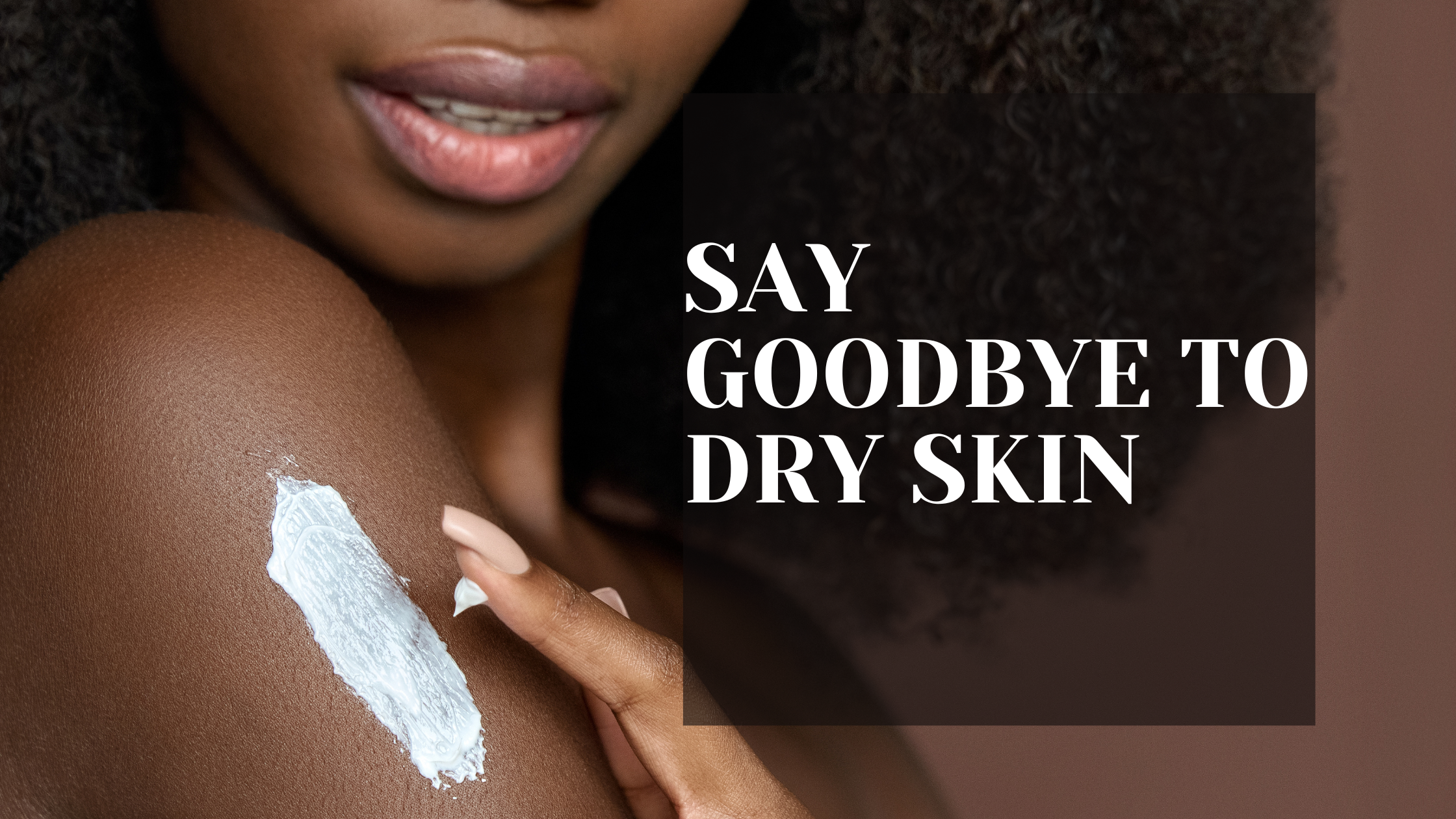Rashes From Dry Skin | Causes and Treatment

A rash from dry skin is referred to as dermatitis. Dermatitis is a broad term that refers to any type of skin irritation. It has numerous causes and symptoms, but the most common are itchiness, dry skin, and a rash. Alternatively, it may cause the skin to flare up, seep, crust, or flake off. Eczema, seborrheic dermatitis, and contact dermatitis are the three most common types of this condition.
Causes Of Rashes from Dry Skin
There are three main factors that come into play when your skin becomes so dry a rash appears. Those factors are your immune system, genetics, and your environment.
Immune System Factors
- Your immune system can overreact at times. Your immune system reacts to comparatively small irritants or allergens if you have atopic dermatitis. This results in inflammation.
Genetic Factors
- According to research, dermatitis is more likely to affect you if others in your family have health factors that can trigger it. Eczema, kidney disease, thyroid disorders, hormonal conditions, and diabetes are examples of genetic health conditions.
Environmental Factors
- Your environment may cause your immune system to alter your skin's protective barrier. This allows more moisture to escape, which can lead to skin problems. Cigarette smoke and dry climates with no humidity are examples of potential environmental factors. Synthetic fragrances found in some skin care products and soap can also be a factor so always opt for natural fragranced or fragrance-free products.
Natural Fragranced Skin Care https://bit.ly/3yY0ZaA
How To Treat Rashes from Dry Skin
Moisturize
- The first step in treating dry skin is to use moisturizers, which rehydrate the top layer of skin cells and seal in moisture. Ditch the lotion for a body cream. Body creams are thicker and contain more oil, making them a better option for dry skin than lotion, which contains mostly water. Avoid synthetic fragrances as they can worsen your condition.
Plant-Based Body Creams➡️ https://bit.ly/3ITGxMs
Limit Showers
- Every day, take 5- to 10-minute baths or showers. Bathing more than that may strip away almost all the skin's natural oil, causing it to lose hydration and resulting in rashes from dry skin to appear. Use lukewarm water instead of hot water, as hot water can remove natural moisture.
Exfoliate
- Contrary to popular belief, you should exfoliate if you have rashes from dry skin. Hydration is a crucial component of treating dry skin, as we all know. But exfoliating is essential if you want your moisturizer to work as effectively as possible. Exfoliating removes the top layer of dead skin, allowing all the beneficial ingredients in your products to work more efficiently and produce even better results. Aside from your standard sugar and oil formulated body scrubs, try a foaming body scrub instead. A foaming body scrub's purifying and exfoliating qualities can do wonders for your skincare regimen while also being gentle enough to not cause further irritation to your skin.
Best Rated Foaming Body Scrubs ➡️https://bit.ly/3zmaZMf
Pat Don’t Rub
- After showering, gently pat yourself dry with a soft towel to avoid further irritation or cracking of your skin.
Use a Quality Body Oil
- After showering and while still slightly damp, applying a body oil can replace any natural oils that were lost. Invest in a good quality body oil that mimics your skin’s natural sebum for maximum results and prevention.

Body Oils We Highly Recommend ➡️https://bit.ly/3PJcN7f
Wear Gloves While Cleaning
- The list of common household skin irritants is seemingly limitless. Cleaning solutions, wood polishes, air fresheners, and laundry detergent are just a few examples. These products deplete the skin's natural moisture and oils, causing dryness and irritation.
Do Laundry Differently
- Replace your laundry detergent with one that is fragrance-free or suitable for people with sensitive skin. Avoid using fabric softener as it contains skin allergens.
Buy A Humidifier
- Consider buying a humidifier if your area has low humidity or extreme seasonal dry air to add moisture to the air and your skin. The moisture on your skin can dissipate in a dry environment increases the chance of obtaining a rash from dry skin. Humidifiers can also relieve itchiness as they soothe dry, cracked skin.
Take Vitamins
- Incorporate vitamins that are high in essential fatty acids into your diet. Great supplements to take are fish and flaxseed oil. Taking them regularly will smooth and even your skin, giving you a great natural glow.
Avoid Scratching
- Avoid scratching at all costs as it can cause further irritation to your already irritated skin. Scratching also increases the risk of skin breaks that can lead to infections and scars.
Oral Medications
- Consult your doctor about possible medications if your rashes from dry skin are an immune system response.
Identify Your Triggers
- There are various types of dermatitis, as mentioned earlier in the article. Determine the type of dermatitis you have and then try to figure out what is causing your skin to dry out to the point where a rash forms. It's crucial to keep in mind that different people may be affected differently.
Do you notice your skin flare up every time you use your favorite household cleaner? Or after visiting your aunt and uncle who are smokers? Since you started using that new soap you found on clearance, does your skin still feel itchy? Did you try that new perfume before your neck broke out in a rash? Does too much sun make your dermatitis worse or better? Does wearing your favorite sweater cause you to scratch all day long?
Remember that dermatitis can become worse due to stress, hot showers, allergens like pollen and pet dander, etc. Find out what aggravates your dermatitis and try to avoid it.
When To See a Doctor
There are a great many people who get rashes from dry skin. Although rashes are very uncomfortable, they are frequently not dangerous and do not need to be treated right away. However, it is best to see a doctor if
- Your skin starts to hurt.
- You can't sleep, and your discomfort is making it difficult for you to focus on your daily activities.
- Your signs and symptoms are still present despite your attempts at self-care.
- You believe you have an infection.
Your primary care doctor can help you identify the source of your rashes and determine the best available treatment option. Depending on the symptoms you exhibit, your general physician might also recommend that you see a dermatologist, allergologist, or another specialist.
Rarely, rashes may also be a sign of a serious medical condition that could be fatal. It's best to consult a physician or dermatologist IMMEDIATELY if:
- Along with the rash, other symptoms include fever, sore throat, and joint pain.
- You experience a blister or rash that covers your entire body.
- Eyes, mouth, nose, rectum, or genitals are being affected by the rash
- Despite over-the-counter medications, your symptoms get worse
What To Expect When You See Your Doctor
Your health care provider will conduct a physical examination and question you regarding your rash to correctly make a diagnosis. Make sure to give them crucial details like:
- Precise body parts affected
- Any underlying health issues
- Medications or treatments you've utilized
- Whether you applied any lotion, soap, detergent, or cosmetics
- Food you've consumed recently
- Locations you've recently visited
- Additional signs you are displaying
For a more thorough diagnosis of your rash, your doctor may order additional tests like blood work and allergy testing. It is also possible to perform a skin biopsy, in which case a sample of your skin may be scraped off or removed for additional examination.
Links
Best Moisturizer for Rashes from Dry Skin➡️ https://bit.ly/3ITGxMs
Best Exfoliators for Rashes from Dry Skin➡️https://bit.ly/3zmaZMf
Best Body Oil for Rashes from Dry Skin➡️https://bit.ly/3PJcN7f


